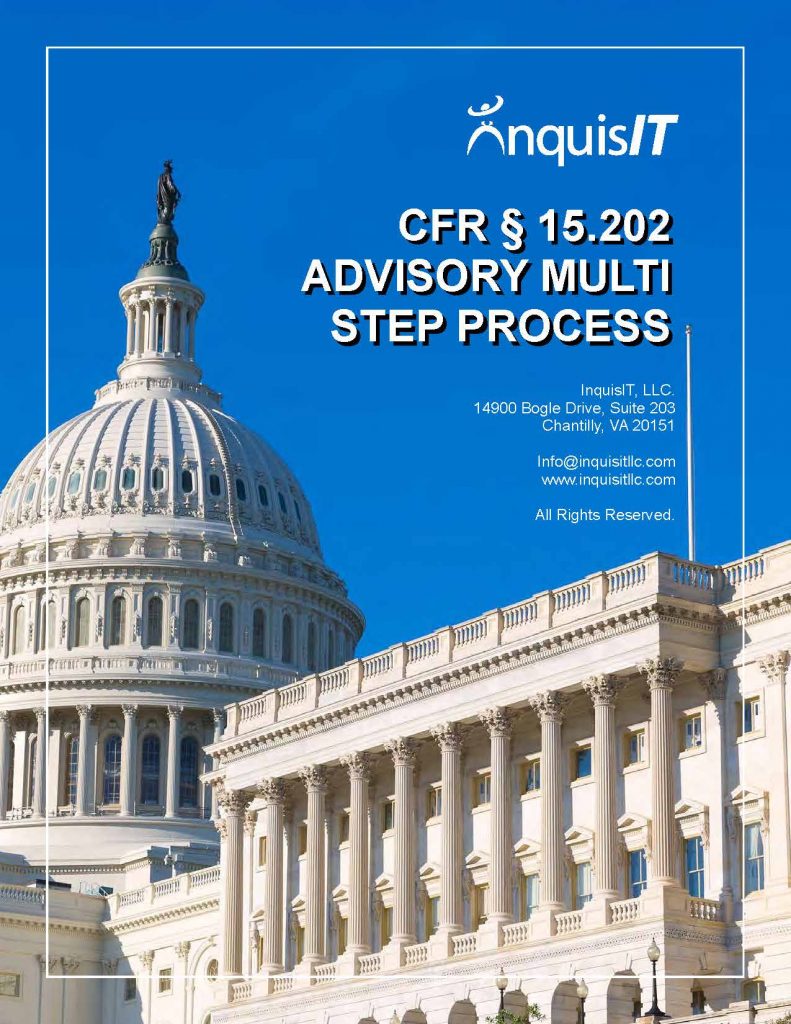Contracting Officers and analysts have one of the toughest jobs in the Federal Government. These days there are more actions per Contracting Officer than ever before, coupled with the increasing complexity of the Federal Acquisition Regulation (FAR) and what often seems to be a sea of federal contractors and their attorneys ready to pounce on any loss with a protest, poking holes in months of work and reviews. In addition, both industry and the government must find new and innovative ways to keep pace with the rapidly changing technological landscape – a challenge that is integral to successfully modernize the information technology arena. It is becoming more and more crucial to streamline the acquisitions process to keep up with the dynamic service demands of areas such as cybersecurity. Under these precarious circumstances, opportunities to leverage areas of the FAR that facilitate a more streamlined acquisition process while also managing a high number of high-quality proposals are more important than ever.
It may seem that complying with the FAR’s complex requirements drives long procurement lead times that cannot be streamlined in any way. In reality, the FAR is specifically designed to provide flexibility to meet mission needs in a timely and expedited manner, while simultaneously encouraging the development of new processes, products, and projects. The resources for success are already there. The issue is whether or not agencies leverage all available resources under the FAR to provide the efficiency and value the government needs. One such underutilized strategy is FAR 15.202, the multi-step advisory process.







